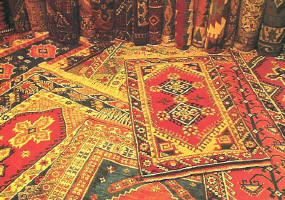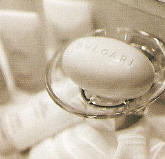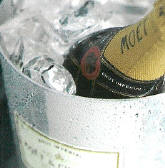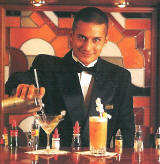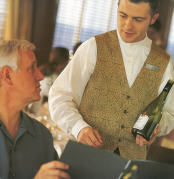|
Awaiting Your Return From Shore |
Salvador,
Brazil’s former capital and fifth-largest city, is a fascinating mixture of
old and new, rich and poor, African and European, and religious and profane.
Like Rio’s cariocas, the people of Salvador have a penchant for life.
Salvador is divided into upper and lower sections, connected by a series
of steep roads, stairways and the Lacerda public elevator. Multicolored
buildings surrounding Pelourinho Square, narrow cobblestone streets, a
colorful market, and countless churches make a picturesque and fascinating
historic center.
Candomblé ceremonies, based on the mysterious and religious African
culture, and a performance of capoeira (foot boxing) offer a glimpse into
the unique culture of Bahia.
Pier Information. The ship is scheduled to dock at the Port of
Salvador. The historic center is about a 10-minute drive away. Tour
buses and taxis are required to line up outside the main entrance. Be
sure to agree with drivers on the fare before starting out.
English-speaking drivers are few. |
|
Shopping. Inside a large, rambling building by the old harbor is
the Mercado Modelo, containing endless stalls with a wide selection of
handicrafts, embroidered linens, leather articles, ceramics, and local
paintings. Bargaining is expected. Contemporary shopping can be found at
Iguatemi, the city’s main shopping center, and at the new Barra shopping
complex. |
|
Cuisine. The secret of Bahian cooking is a rich seafood base and
the abundance of traditional African ingredients. |
|
Other Sights
Afro-Brazilian Museum. Next to the Cathedral stands this museum,
considered to be one of the best in Salvador. Contained within a large
19th-century building that used to be the university medical school are
exhibits that record and celebrate the considerable black contribution
to the Brazilian culture. (The museum may be under restoration.)
Museum de Arte da Bahia. The museum is known for its interesting
display of 17th-century antiques. |
|
Awaiting Your Return
From Shore |
|
Complimentary
Spirits Await |
Return to Your
Suite and Sail Away to The Next Adventure |
Entertainment
and Dancing Await You |


